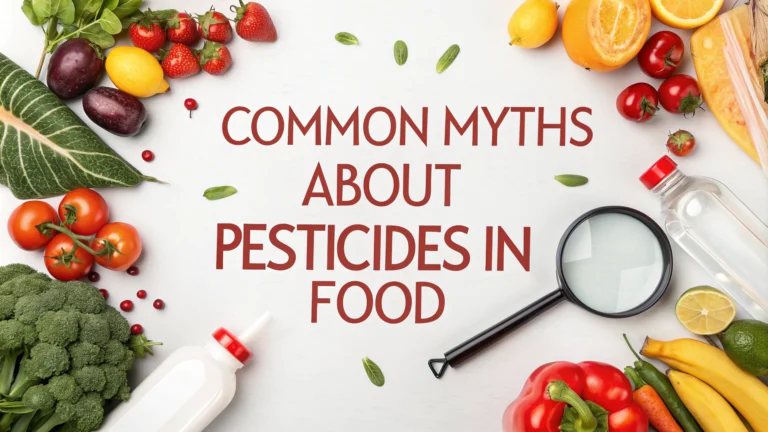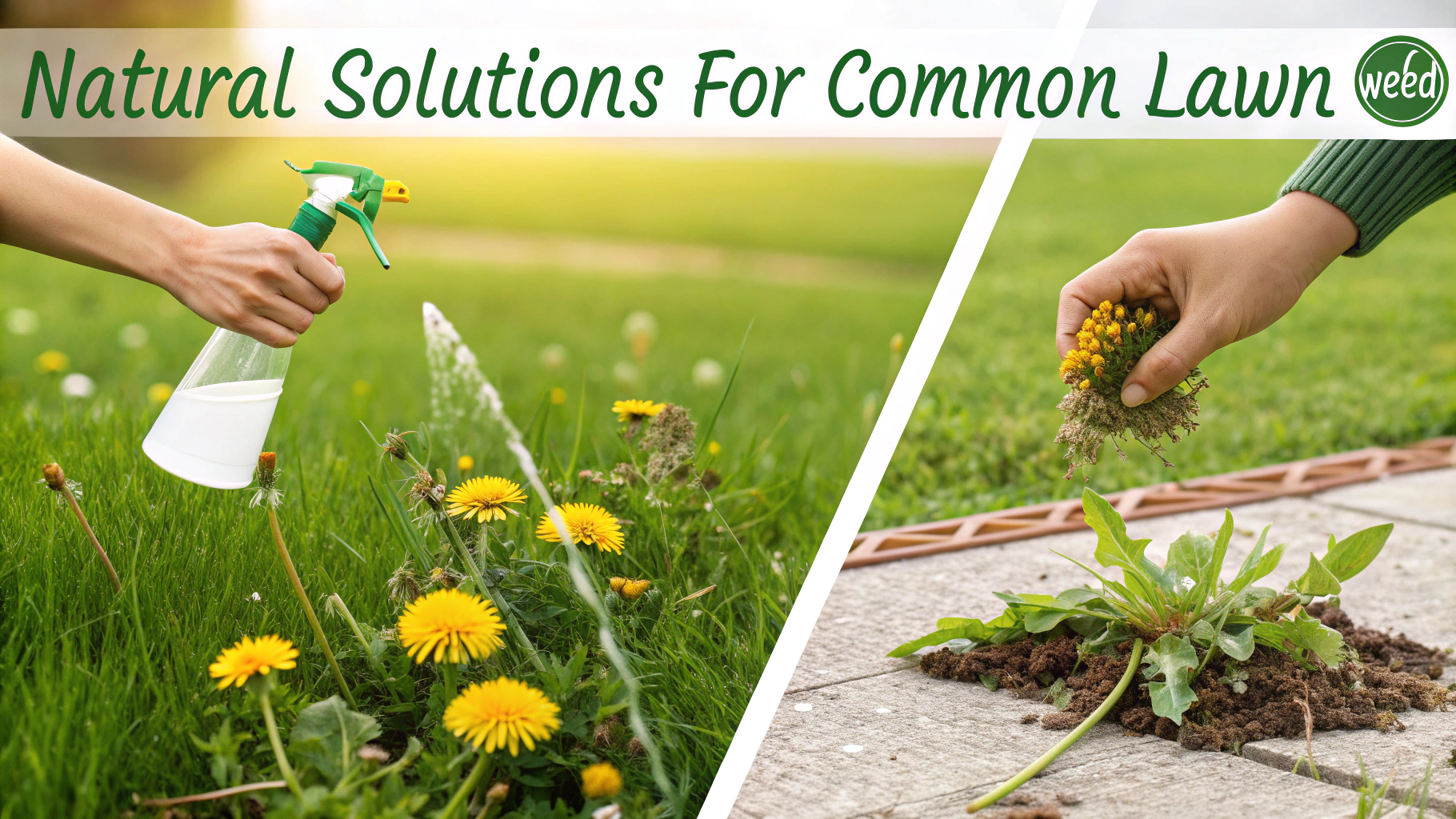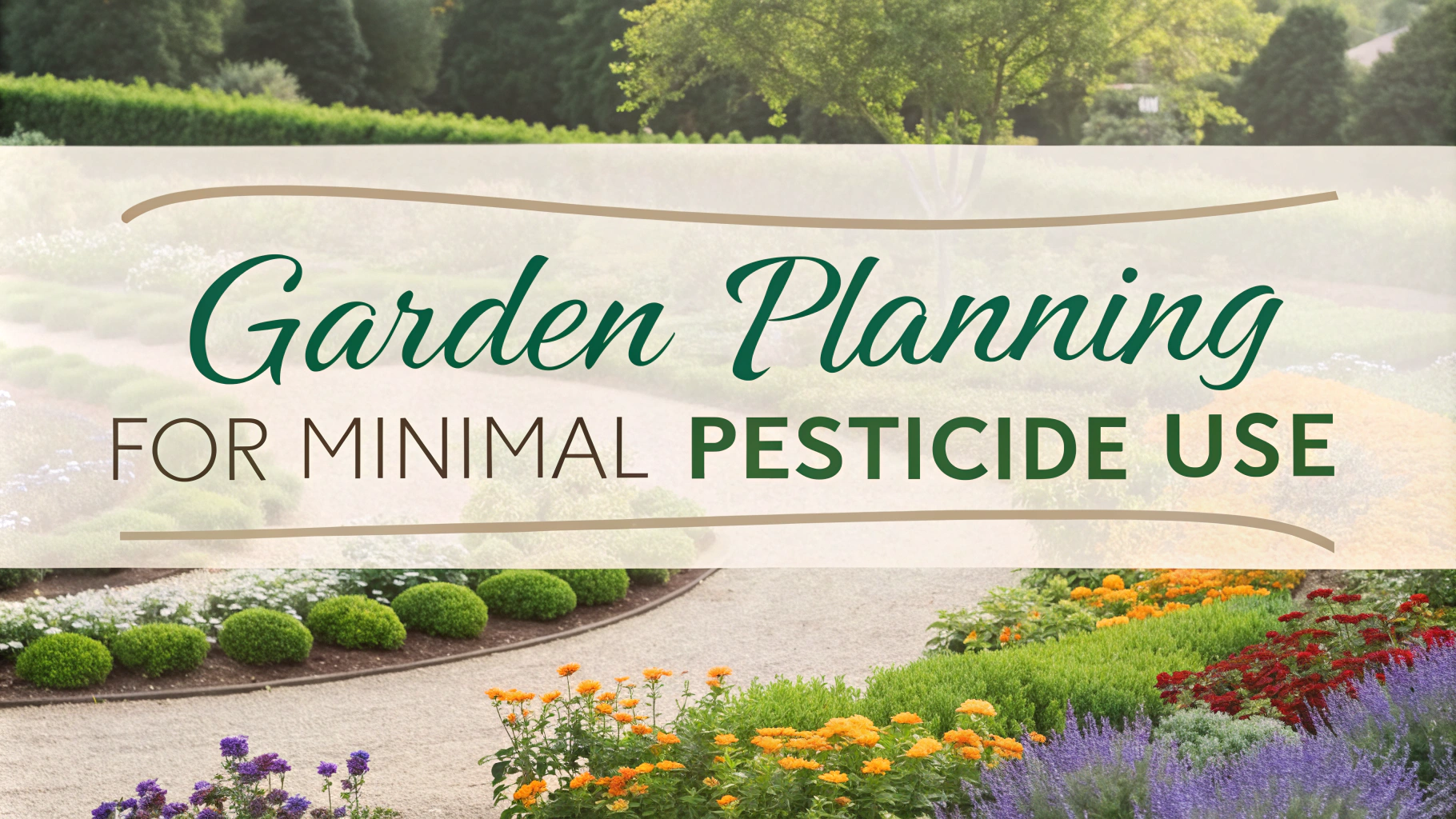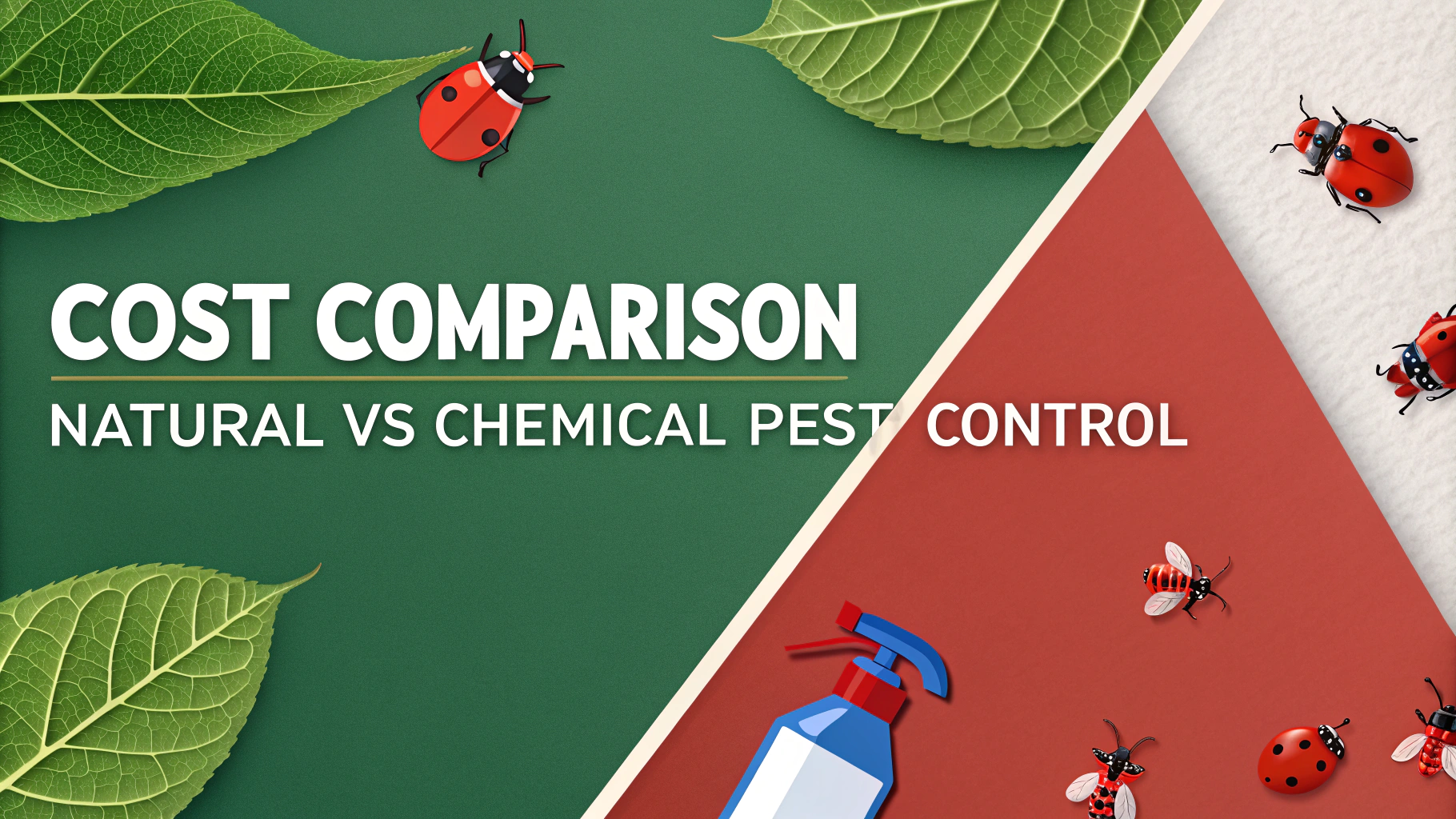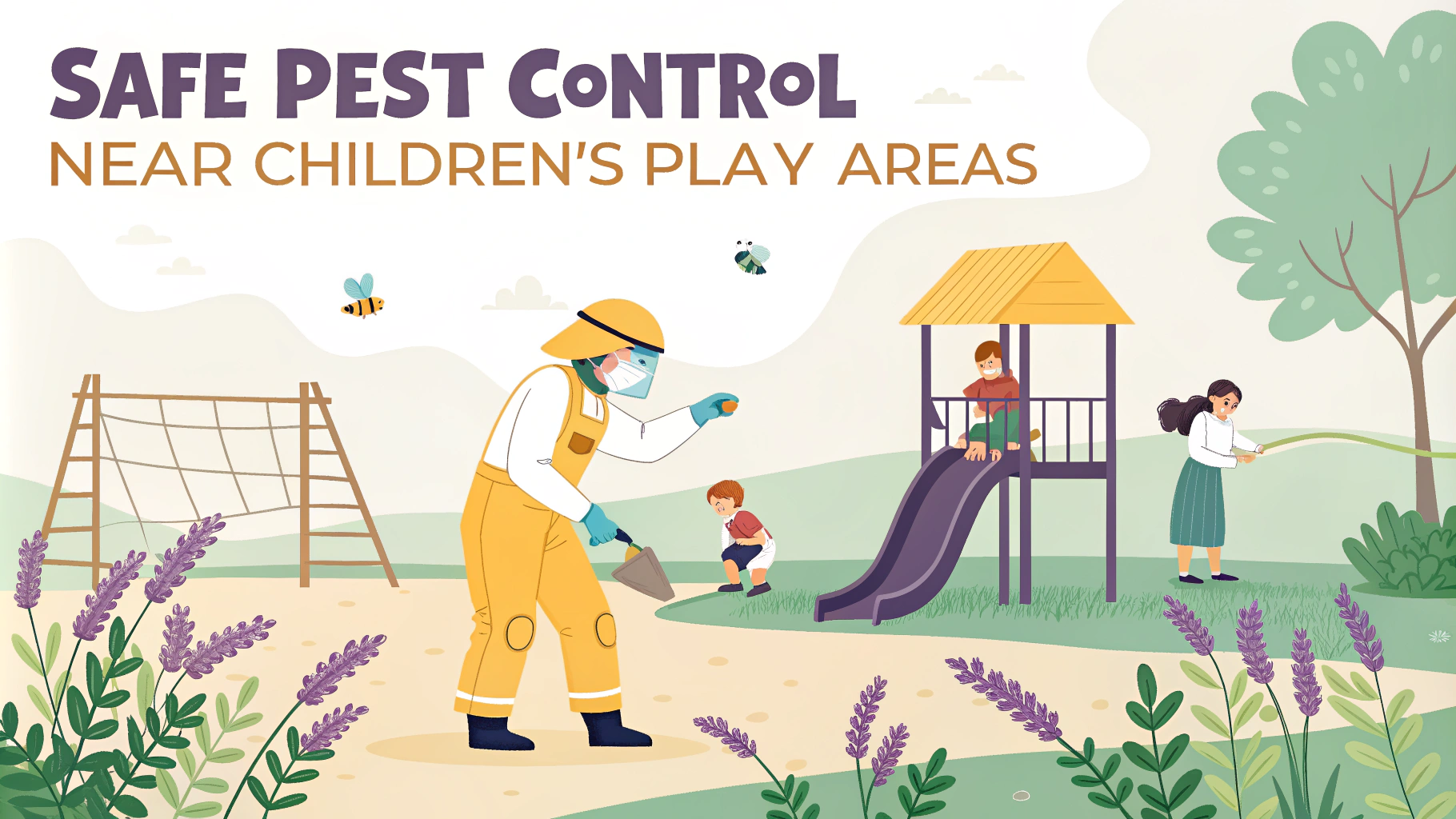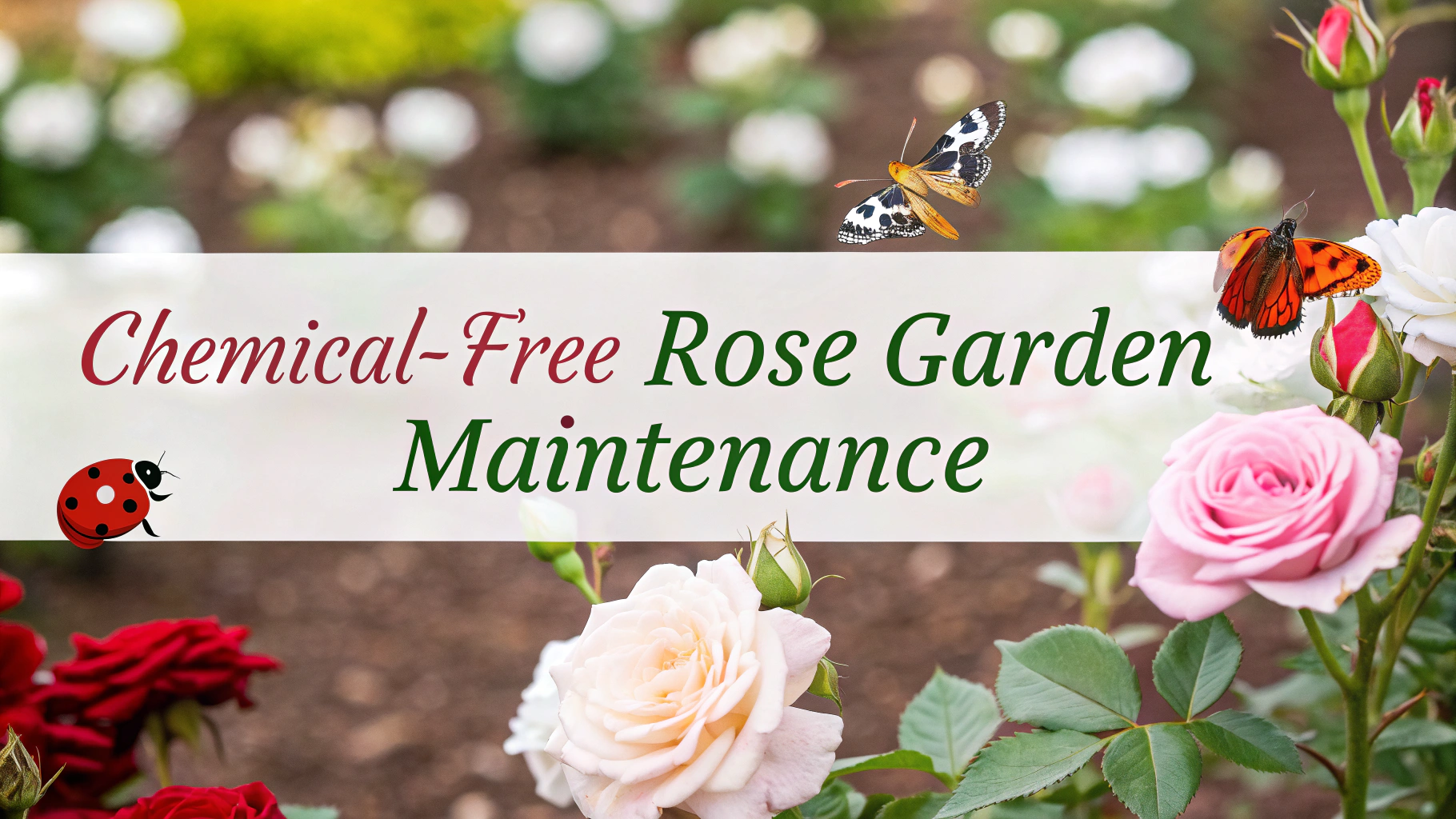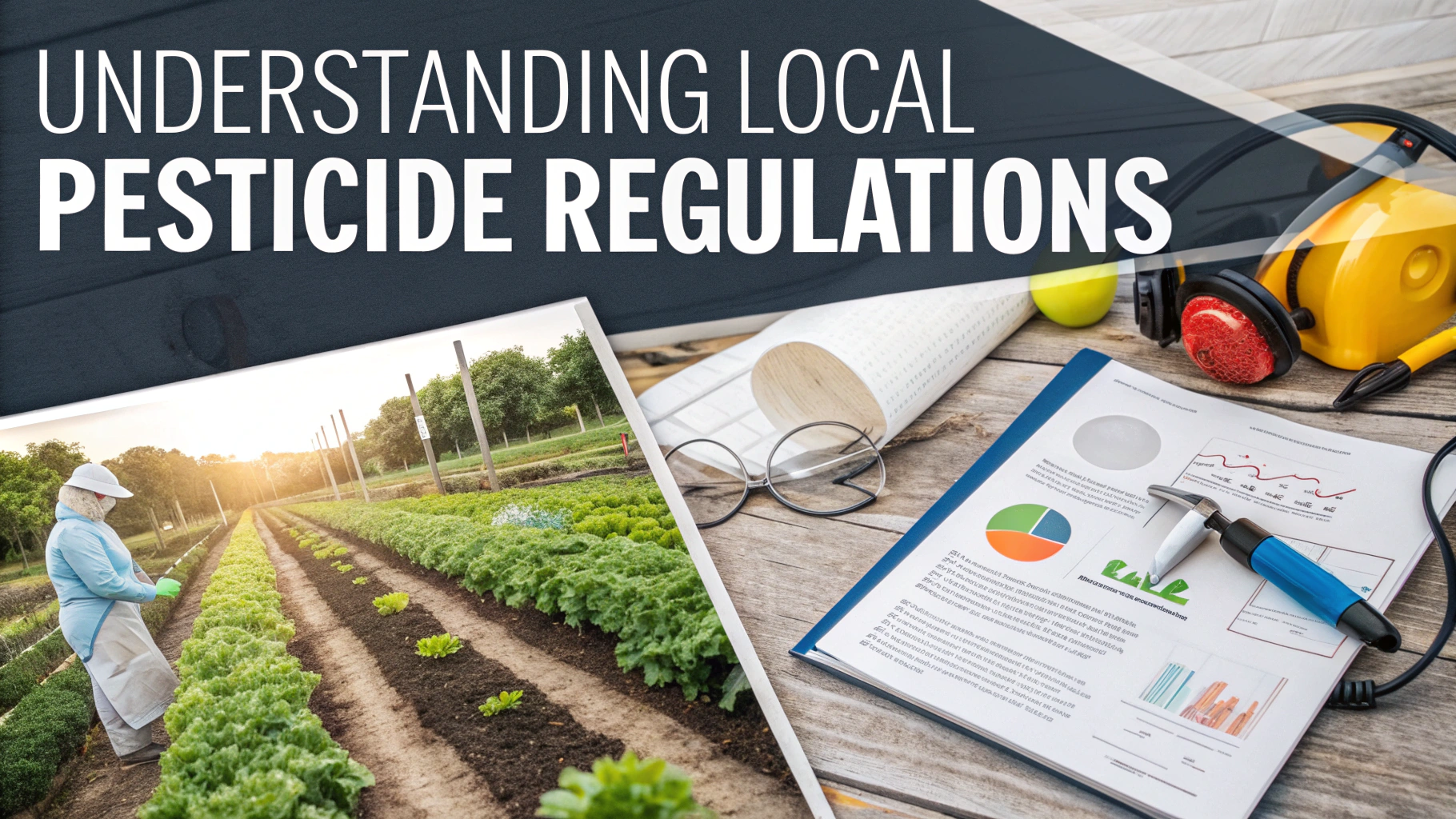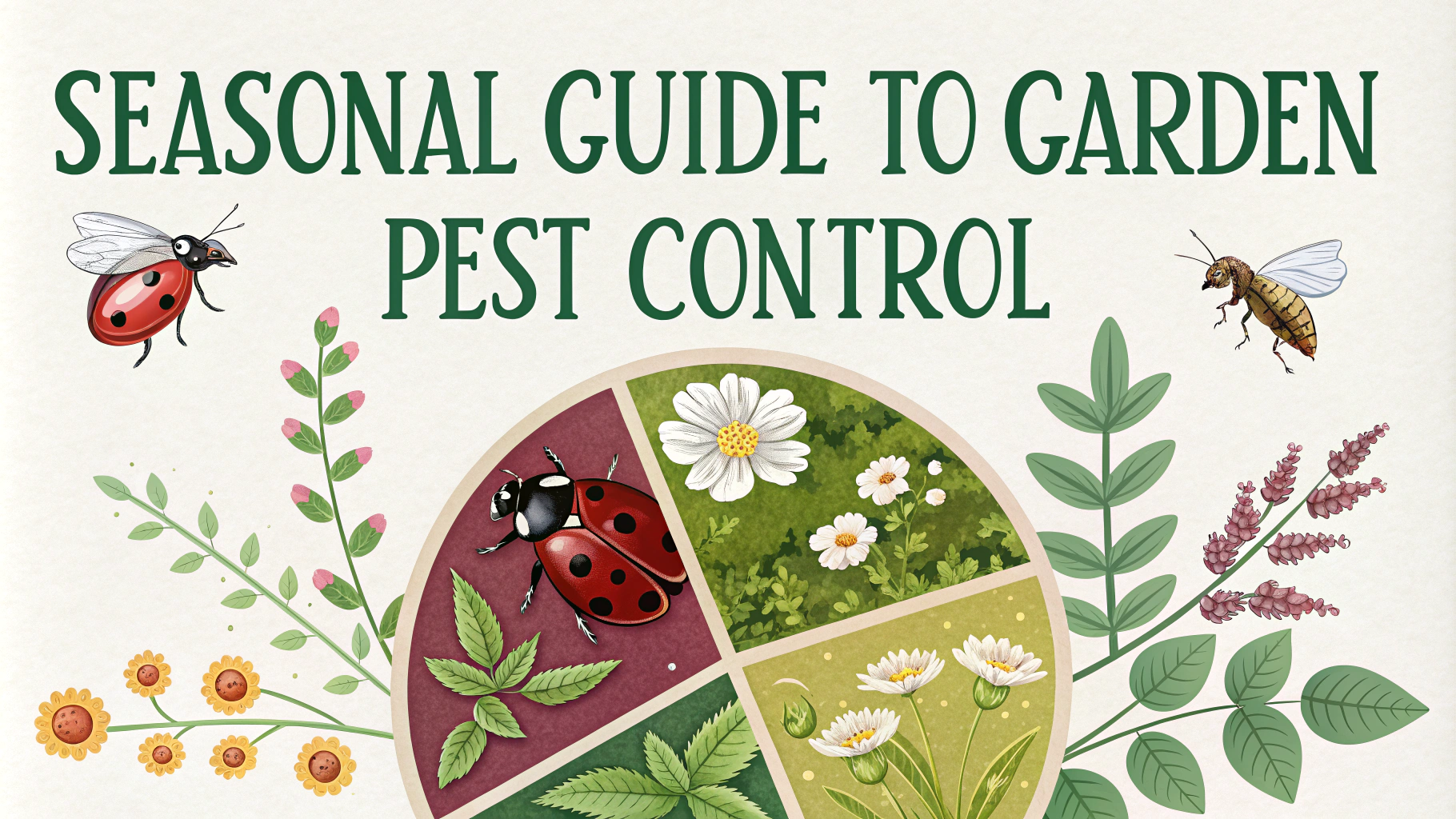Many people worry about pesticide residues in their food, but several common beliefs about these chemicals are based on misconceptions rather than scientific evidence.
Let’s examine and correct the most widespread myths about pesticides in our food supply:
Myth #1: Organic Foods Have No Pesticides
Organic farming actually uses approved natural pesticides, which aren’t necessarily safer than synthetic ones.
Myth #2: All Pesticide Residues Are Dangerous
The EPA sets strict safety limits for pesticide residues, with significant margins of safety built into these regulations.
Understanding Pesticide Tolerance Levels:
- Safety margins are typically 100-1000 times below levels that could cause harm
- Regular testing ensures compliance with these standards
- Violations are rare and promptly addressed
Myth #3: Washing Doesn’t Help Remove Pesticides
Simple washing techniques can significantly reduce pesticide residues:
- Rinse thoroughly under running water
- Use a produce brush for firm fruits and vegetables
- Remove outer leaves of leafy greens
Myth #4: The “Dirty Dozen” Should Always Be Bought Organic
The residue levels found on conventional produce in the “Dirty Dozen” list are still well within safe limits established by regulatory agencies.
Practical Steps to Reduce Exposure:
- Wash all produce thoroughly before eating
- Vary your diet to minimize exposure to any single pesticide
- Consider growing some of your own produce
- Buy seasonal produce from local farmers when possible
Resources for More Information:
Contact these organizations for additional guidance:
- EPA Pesticide Information: 1-800-858-7378
- FDA Food Safety: 1-888-723-3366
- USDA Pesticide Data Program: https://www.ams.usda.gov/datasets/pdp
Understanding these facts helps make informed decisions about food choices without unnecessary worry about pesticide exposure.
| Common Concern | Reality |
|---|---|
| Organic means pesticide-free | Natural pesticides are used in organic farming |
| All residues are harmful | Residues are strictly regulated and monitored |
| Washing doesn’t help | Proper washing significantly reduces residues |
Myth #5: Natural Pesticides Are Always Safer
Natural pesticides can be just as toxic as synthetic ones. Toxicity depends on the specific compound, not whether it’s natural or synthetic.
Examples of Natural Pesticide Concerns:
- Rotenone, though natural, has been linked to health issues
- Copper sulfate can accumulate in soil
- Pyrethrum requires careful handling despite being plant-derived
Myth #6: Children’s Foods Need to Be 100% Pesticide-Free
While children are more sensitive to pesticides, current regulations account for this vulnerability in safety standards.
Special Protections for Children:
- Additional safety factors in tolerance calculations
- Specific testing requirements for children’s exposure
- Regular reviews of standards based on new research
Future Developments in Pesticide Safety
Agricultural technology continues to evolve with new approaches to pest management:
- Precision agriculture reducing pesticide use
- Development of biopesticides
- Improved integrated pest management techniques
Conclusion
While pesticide safety is a legitimate concern, scientific evidence shows that current regulatory systems effectively protect consumers. Understanding these facts helps make balanced decisions about food choices without excessive worry.
The key is maintaining a varied diet, following proper washing techniques, and staying informed about food safety through reliable sources. Remember that both conventional and organic farming methods can produce safe, nutritious food when proper guidelines are followed.
FAQs
- Is organic food completely free of pesticides?
No, organic farming can still use certain natural pesticides approved for organic production. While organic foods typically have lower pesticide residues, they are not necessarily pesticide-free. - Does washing fruits and vegetables remove all pesticide residues?
Washing helps reduce pesticide residues on the surface but cannot completely eliminate pesticides that have been absorbed into the produce. However, thorough washing with water can still remove a significant portion of surface residues. - Are pesticide residues in conventional produce dangerous to human health?
Pesticide residues in conventional produce are strictly regulated and monitored. The EPA sets tolerance levels that are typically 100 to 1,000 times lower than levels shown to cause health effects in toxicology studies. - Do children face greater risks from pesticide residues in food?
Children can be more sensitive to pesticide exposure due to their developing bodies and higher consumption relative to body weight. However, safety limits are set with these factors in mind. - Can pesticide residues be completely avoided in food production?
No, even organic farming uses some forms of pest control, and trace amounts of pesticides can be present in soil and water. Complete avoidance is practically impossible in modern agriculture. - Do all fruits and vegetables contain the same levels of pesticide residues?
No, some produce known as the “Dirty Dozen” typically contain higher pesticide residues, while others known as the “Clean Fifteen” generally have lower residue levels. - Are natural pesticides safer than synthetic ones?
Natural pesticides are not inherently safer than synthetic ones. Some natural pesticides can be toxic, while some synthetic pesticides can have lower toxicity profiles. - Do pesticide residues remain stable during storage and cooking?
Many pesticide residues break down over time and during cooking processes. Heat, light, and other food preparation methods can reduce residue levels. - Is there a difference in pesticide regulations between countries?
Yes, different countries have varying standards and regulations for pesticide use and acceptable residue levels. This can affect international trade and food imports. - Can pesticide residues accumulate in the body over time?
While some pesticides can accumulate in fatty tissues, most modern pesticides are designed to break down in the environment and the human body. Regular monitoring ensures residue levels remain within safe limits.
